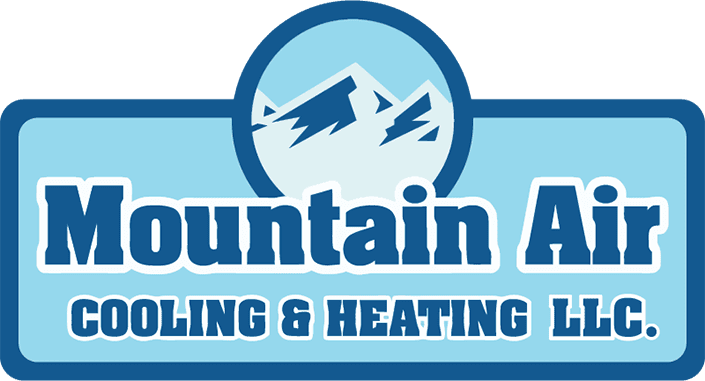How Does a Gas Furnace Work?

A furnace is a big part of your life—whether you realize it or not. It keeps your Roland home warm and can help with your indoor air quality (IAQ).
So it is important to gain a better understanding of furnace fundamentals.
Furnace Basics Training
If you are a curious new Roland homeowner or someone who is not as familiar with how home systems like furnaces and other types of heaters actually work, then here’s a quick rundown.
While you read on and learn more about a key component of your heating, ventilation, and air conditioning (HVAC) system, please keep in mind our highly trained Mountain Air Cooling & Heating HVAC professionals are here to explain things in more depth and lend a hand with any furnace issue that arises.
Furnace Basics: Ignition
For the gas furnace to work to provide heat, the first part of the process is for it to be ignited. The ignitor on older furnaces is called a pilot light. Newer models typically use electronic ignition.
The pilot light is a concept you may already be familiar with. It is a tiny gas flame that stays on all the time. It is used to ignite a larger flame when the furnace gets switched on.
In contrast, electronic ignition uses a chain reaction, similar to a filament light bulb. This ignites the gas burner. When triggered by the thermostat, a current of electricity runs through the filament, which ultimately creates enough heat to light the gas on fire.
According to the US Department of Energy (DOE), gas furnaces operated by pilot lights are considered heating systems with lower efficiency while furnaces that use electronic ignition are classified as mid-efficiency systems.
Furnace Basics: Combustion
The combustion chamber is where natural gas and air are combined. (As you may know, oxygen is required in order to create fire.) The furnace ventilates this chamber, feeding the fire enough oxygen to burn smoothly and efficiently. The ventilation also extracts the by-products of the combustion.
When you have a home with a furnace, it is critical to keep your combustion chamber clean by having regular maintenance appointments with one of our skilled, professional team members at Mountain Air Cooling & Heating here in Oklahoma. This gives you higher indoor air quality and provides you with a system that operates more efficiently.
Furnace Basics: Heat
Ultimately, the warm air from your furnace is produced in the heat exchanger. The heat exchanger is located right above the combustion chamber and collects the chamber’s heat waves.
When the temperature inside the exchanger gets warm enough, the motor turns on and distributes the hot air through the ducts of the house. This process repeats until the desired temperature is reached.
Furnace Basics: Conclusion
Each of these parts of the process for heating your Roland home is important because they work together to give off heat, which is responsible for keeping you and yours cozy. As you can now see, it is far too easy to underestimate a gas furnace and the process behind its ability to function.
We Are Your Gas Furnace Experts
We at Mountain Air Cooling & Heating hope we helped you learn a thing or two about your furnace. Our team wants you and all our valued customers in Roland, OK, to be informed buyers. When the time comes, call Mountain Air Cooling & Heating today at 479-782-4328 or request service online to schedule your furnace installation, repair, or maintenance.
